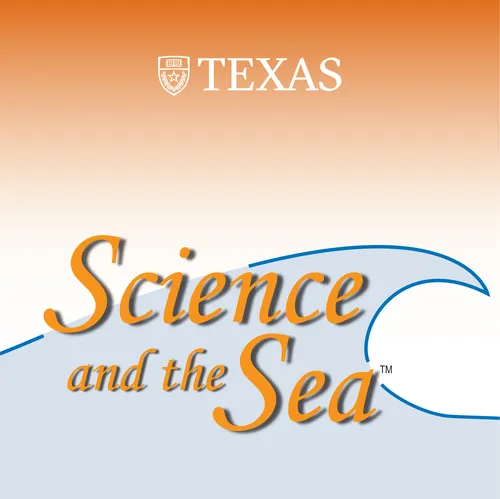
Science and the Sea podcast
The goal of Science and the Sea is to convey this understanding of the sea and its myriad life forms to everyone, so that they, too, can fully appreciate this amazing resource.
- Update frequency
- every 7 days
- Average duration
- 2 minutes
- Episodes
- 20
- Years Active
- 2025

Mud Volcanoes
Many volcanoes are among the most majestic sights on the planet: Tall and wide, they belch molten rock or plumes of ash that can tower miles high. But there’s another class of volcano that’s …

Fish Tools
Using an anvil to smash prey sounds like something Wile E. Coyote would try—unsuccessfully, of course. But some other creatures are a lot more successful at it: fish. More than two dozen spec…

Deep Oxygen
The world has a huge appetite for the batteries that power electric vehicles. Many of the elements needed to make batteries are spread across the ocean floor—especially in the Pacific. They f…

Mountain Sharks
If you want to avoid sharks, then steer clear of the mountains. No, we’re not talking about the next “Sharknado” movie. It’s underwater mountains—called “seamounts”—that you want to avoid. A …

Sunda Trench
The deepest part of the Indian Ocean is one of the least explored spots on Earth. It’s also one of the most dangerous. Major earthquakes have rocked it, causing major destruction—including wh…

Carbon Farms
Seaweed farms offer many benefits. They provide food for people, habitat for fish and other organisms, and protection against erosion during storms. They can help prevent “red tides,” and cou…

Crumbling City
Alexandria, Egypt, has stood for almost 2400 years. Today, though, parts of it are crumbling—one building at a time. As Earth’s climate changes, the Mediterranean Sea is rising, the coast is …

Walking Corals
Most corals are homebodies. They settle in one spot, link with hundreds or thousands of their friends, and never move. They build the structures we recognize as corals: rock-like spires, bran…

Speeding Up
Earth’s warming climate has really heated up Atlantic hurricanes in recent years. Two recent studies, in fact, found that hurricane wind speeds were boosted by an average of 18 miles per hour…

New Species
A couple of years ago, marine biologists bought some giant “seabugs” from fishers in Vietnam. The creatures had been pulled from the mud at the bottom of the South China Sea. They were up to …

Ocean Hole
There’s a big hole in the Indian Ocean. It’s nothing you can actually see. And the ocean itself isn’t especially deep. Instead, it’s a hole in Earth’s gravitational field—the weakest pull acr…

Changing Sex
For an oyster, gender is more than a matter of genetics—it’s also about the environment. Water temperature, salinity, pollution, and other factors determine whether an oyster will be male or …

Jaws at 50
The great white shark probably is the most feared of all ocean animals. It gained that scary reputation 50 years ago thanks to a blockbuster movie: Jaws. The movie premiered on June 20th, 197…

Lesser Antilles
When tropical storm systems barrel across the Atlantic Ocean toward North America, they often take aim at the Lesser Antilles—an arc of small islands that marks the eastern boundary of the Ca…

Coral Lullabies
For some coral, home isn’t where the heart is—it’s where the sounds are. A recent study showed that one type of coral prefers to settle on reefs that sound healthy—even if they’re not.
Young c…

Ocean Memories
The oceans are losing their memory. That could make it harder to forecast everything from monsoons to blizzards.
Ocean “memory” is maintained in the top layer, called the mixed layer. Winds pu…

Playful Octopuses
Otto the octopus didn’t appreciate the spotlight shining on his laboratory tank at night. So he turned it off. In fact, he turned off the lights in the whole lab.
Octopuses are smart and curio…

Toxic Sponges
A rare species of sponge found in the Red Sea and Indian Ocean has a rare distinction: It has levels of a metal that are thousands of times higher than ever seen in any other organism. And mo…

Deadly Cape
The journey around Cape Horn, at the southern tip of South America, is one of the most treacherous in the world. The cape has claimed hundreds of ships and thousands of sailors. Not many comm…

Coconut Crabs
The coconut crab is the 800-pound gorilla of many tropical beaches. Not only is it the biggest and strongest crab on land, it’ll eat just about anything—animal, vegetable, or even mineral.
Coc…